How scary is the “double whammy” of higher inflation and higher borrowing costs? Businesses have never been more pessimistic about the near-term future.
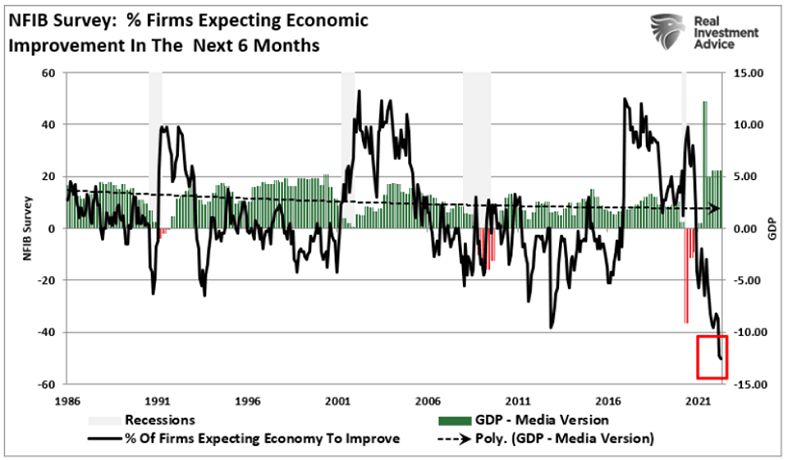
Companies may be taking their cues from consumers. In particular, people are unlikely to spend on things like appliances, tools, computers, televisions or cars/trucks.
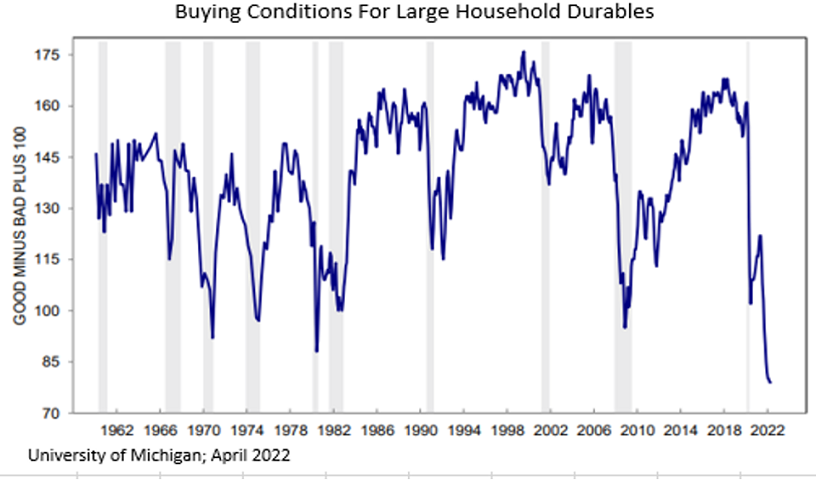
It is difficult to spend freely when so much of the household budget goes toward gasoline, food, electricity, and other utilities. Inflation for these “essentials” is as ugly as it was back in the late 1970s.
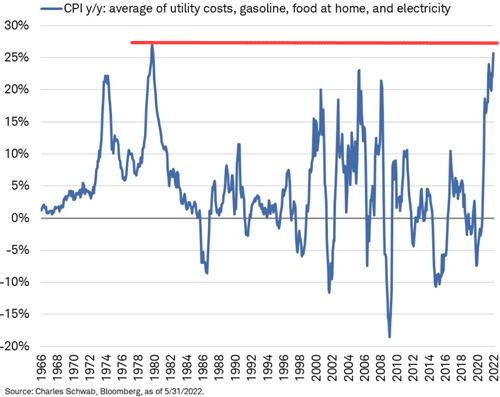
One way for a government to bring inflation back down? Its central bank can manipulate interest rates higher.
Unfortunately, quickly shifting from an easy borrowing environment to a restrictive one usually leads to recession.
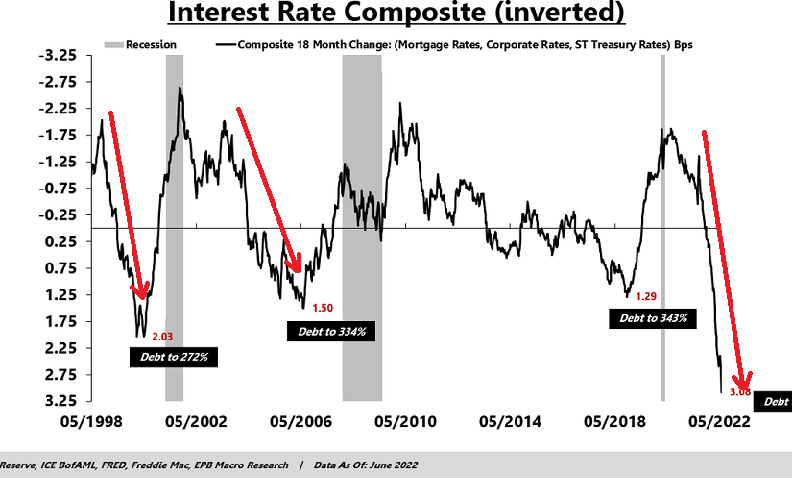
Worse yet, central bank policy markers at the Federal Reserve have rarely expressed so little confidence. Will their actions succeed in moderating inflation without causing employers to lay off millions of workers?
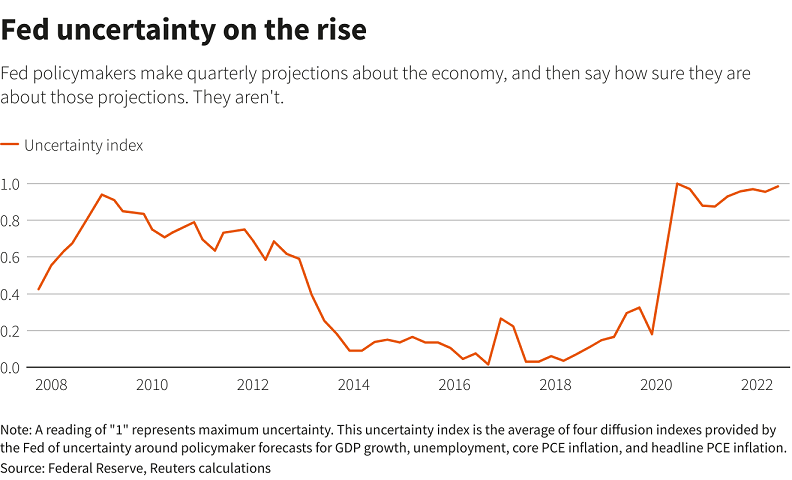
The stock market has already plummeted from bubbly heights, reflecting the challenging business environment as well as the Fed’s uncertainty. Some even wonder if the S&P 500 falling 20%-plus into a stock bear means that the worst is behind us.
Probably not. Cyclically-adjusted 10-year PEs are still quite high.
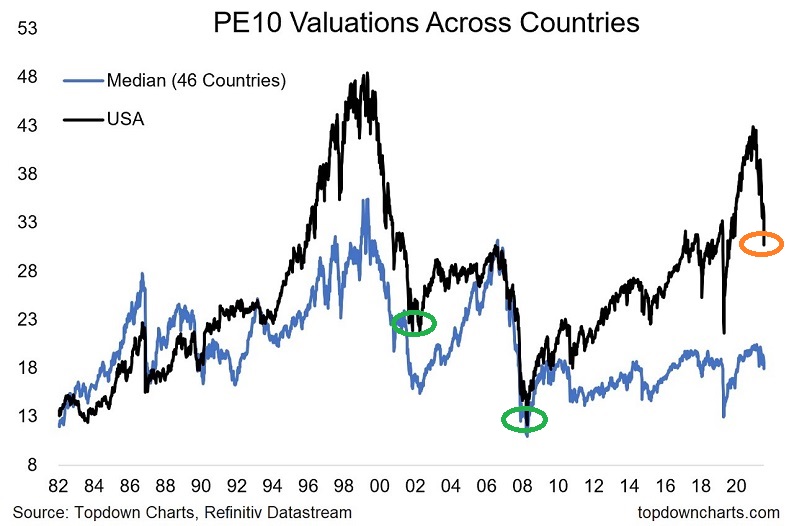
In a similar vein, market-cap-to-GDP (a.k.a. the Warren Buffett Indicator) shows that stocks remain exceptionally overvalued. Stock prices might need to fall 40%-50% from top to bottom before valuations return to their long-term trend.
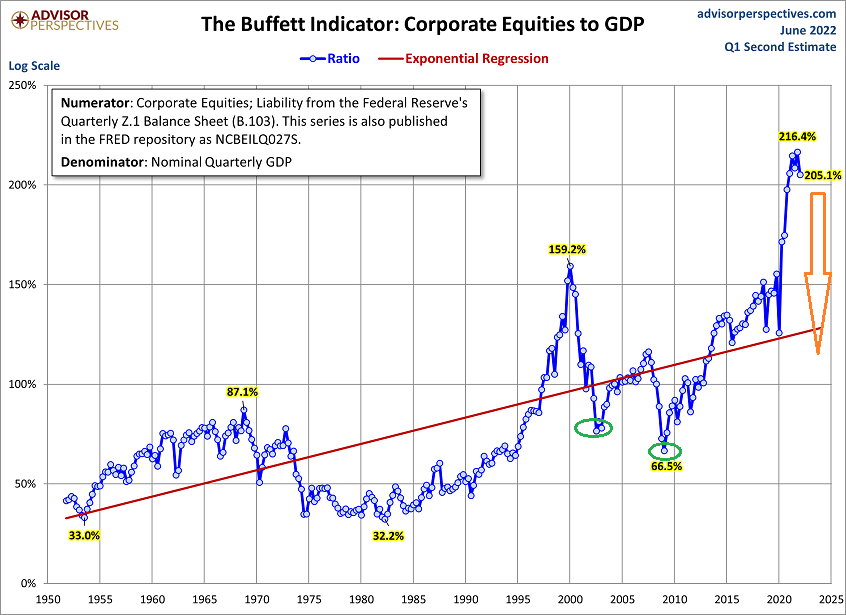
Would you like to receive our weekly newsletter on the stock bubble? Click here.
